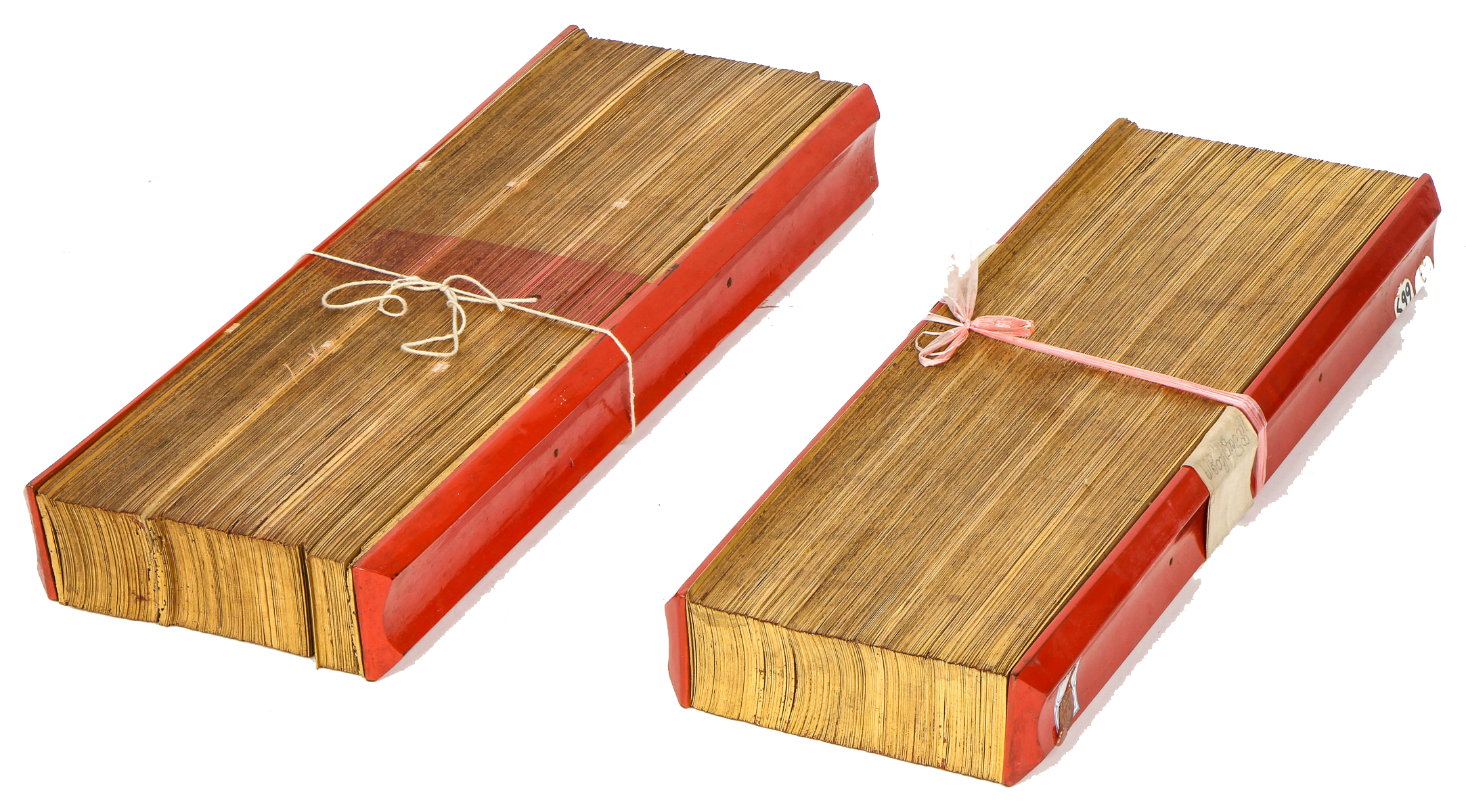For this year’s Vesak, I decided to research original accounts of the three events said to have happened on this day, the first full moon in May. These events are as follows. These links will take you to the appropriate pages:
In the centuries that followed the Buddha’s death, many mythical stories were fabricated about the Buddha’s life, so it is important to go back to the original material to tease out fact from myth. Having said that, some of the myths are wonderful. I am quite fond of the “touching the earth story” from the Buddha’s enlightenment, even though there is no evidence that it is true. And anyone who has spent time in India will probably tell you that the distinction between myth and reality is pretty blurred anyway.
The Pāli Canon, although it certainly has its flaws, is the most complete of the Buddhist canonical literature and the original teachings of the Buddha. We are fortunate to have good English translations of it available. The complete Canon can be found at suttacentral.net. Probably the most well-known versions are the translations by Bhikkhu Bodhi. There are also notable translations by Thanissaro Bhikku. These can be downloaded for free from the web site dhammatalks.org. If you want print versions, you can get them for free by requesting them from Metta Forest Monastery in Valley Center, California.
For those of you who are unfamiliar with the Pāli Canon, what follows is a description of how it is organized.
The Organization of the Pāli Canon
In the original version of the Canon, there were two sets of texts. These were the Vinaya Pitaka (pitaka means “basket”) and the Sutta Pitaka. The Vinaya Pitaka is the monastic code, the rules of conduct for the monks and nuns. The Sutta Pitaka is the collection of discourses.
These two pitakas correspond to the Buddha’s saying that what he taught were the “Dhamma and Discipline.” In Theravada (Southern) Buddhism a third pitaka was later added, the Abhidhamma.
The word pitaka is a literal reference. When the discourses were written down in Sri Lanka in the first millennium, they were inscribed on palm leaves that were bound into sets. These were carried around in baskets.
The word sutta is a Pāli word that means “discourse.” In Sanskrit the word is sutra. Sanskrit and Pāli are Indo-European languages, so many words in Sanskrit and Pāli have similar sounding words in English. The word “sutra” is related to the English word “suture,” meaning to stitch together.
In the Pāli Canon, the suttas are divided into five nikāyas (collections).
- Digha Nikāya—the long discourses
- Majjhima Nikāya—the middle length discourses
- Saṃyutta Nikāya—the connected discourses
- Aṇguttara Nikāya—the numerical discourses
- Khuddaka Nikāya—the collection of little texts
- Khuddakapāṭha—“short passages”
- Dhammapada—collection of sayings of the Buddha
- Udana—“inspired utterances”
- Itivuttaka—“the Buddha’s sayings”
- Sutta Nipāta—literally “suttas falling down,” a collection of 71 short suttas
- Vimanavatthu—stories about the life and deeds of people who attained residence in a heavenly mansion, the Vimana, due to meritorious deeds.
- Petavatthu—narratives describing how the effects of bad acts can lead to an unhappy rebirth
- Theragāthā—verses of the elder monks
- Therīgāthā—verses of the elder nuns
- Jātaka—stories of previous lives of the Buddha
- Niddesa—commentary on the Sutta Nipāta, ascribed to the Buddha’s chief disciple Sāriputta
- Patisambhidamagga—“the path of discrimination,” also ascribed to Sāriputta
- Apadāna—biographical stories of monks and nuns
- Buddhavaṃsa—a hagiographical text that describes the life of the Buddha and of the 24 previous Buddhas
- Cariyāpitaka—“proper conduct,” accounts of the Buddha’s former lives when as a bodhisattva he exhibited behaviors known as perfections which are prerequisites to Buddhahood
- Nettippakarana—”the guide,” practice methods taught by the Buddha’s disciple Kaccana, included only in the Burmese Canon
- Petakopadesa—“piṭaka disclosure,” also attributed to Kaccana and also only in the Burmese Canon
- Milindapañha—“Questions of Milinda,” a dialogue between the Indo-Greek King Menander I (Pāli: Milinda) of Bactria, and the Buddhist sage Nāgasena; Burmese only.

Figure: Palm leaf manuscript
